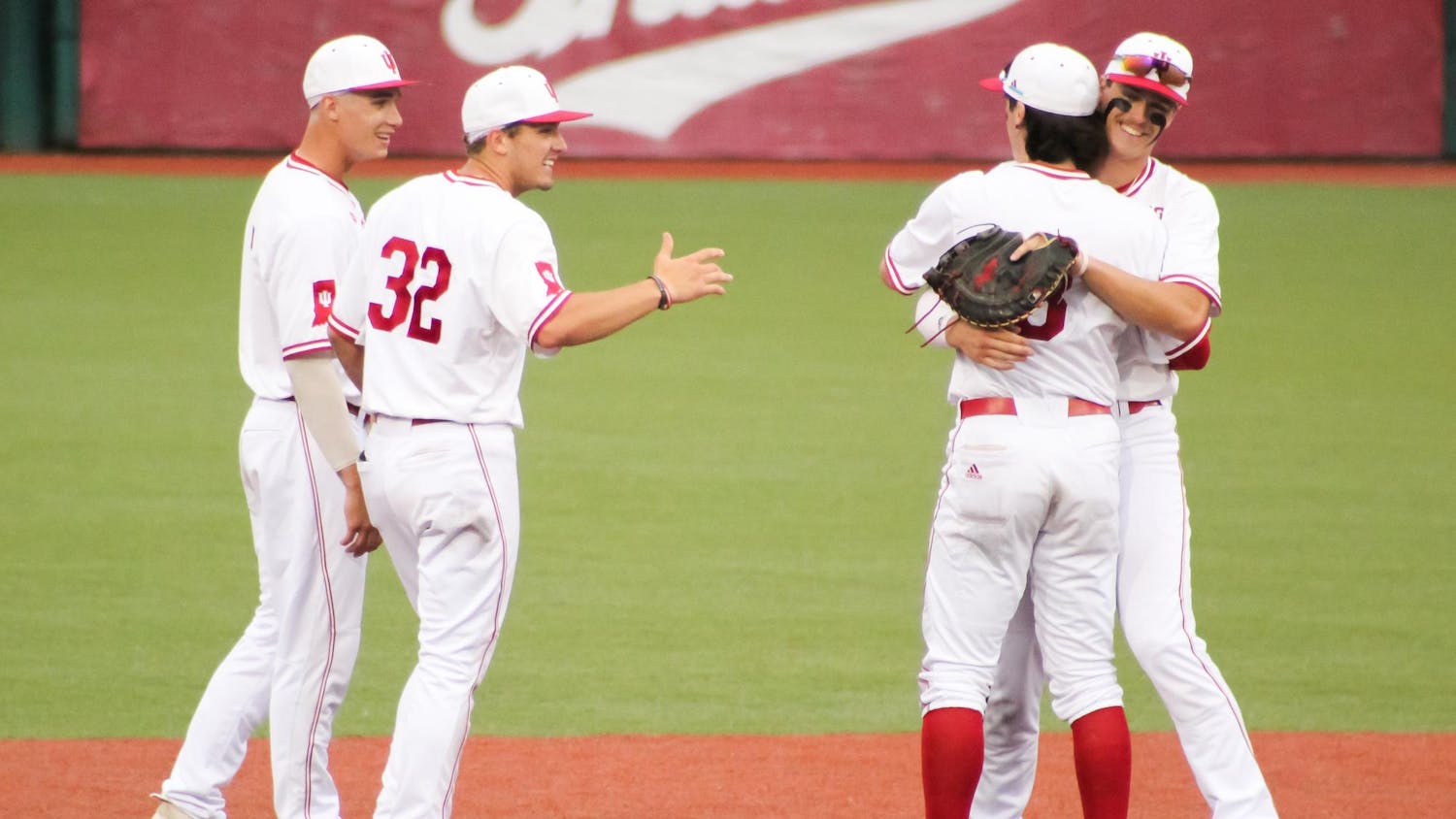Each February, the hype regarding the NFL Draft begins to heat up with the NFL Combine at Lucas Oil Stadium in Indianapolis.
Fresh off the previous season’s Super Bowl, scouts, coaches and administrators from each of the 32 teams throughout the league gather in downtown Indianapolis to start looking for what they hope is “the next big thing” for their franchise.
General managers and player personnel officials do this one of two ways. The first is selecting the best player available when a team’s pick rolls around, regardless of a team’s needs. Second, team officials can go for what they desperately need, even though the best player that would fill their hole might not rank among a draft class’ overall best.
Nowadays, more scouts are vouching for the latter because of the spread offense and air attack becoming more prevalent in the league. In particular, it’s offensive tackles stealing the spotlight from the glitzy wideouts, sub-4.4 running backs and ball-hawking safeties.
Each year, ESPN pitches its coverage of the draft with retro commercials showing current commissioner Roger Goodell and former commissioner Paul Tagliabue stepping to the podium and revealing the inaugural pick of a past year’s draft.
In weeks leading up to the draft in 2008, fans expected to hear a name such as quarterback Matt Ryan of Boston College, running back Darren McFadden of Arkansas or possibly behemoth defensive tackle Glenn Dorsey of Louisiana State University as the first name called on draft day, with the possibility of offensive tackle Jake Long out of Michigan.
First-year Miami Dolphins Executive Vice President Bill Parcells and the Dolphins front office decided on Long, signing him to a five-year, $57.75 million deal and guaranteeing him $30 million without him ever putting on his shoulder pads.
Long was the first offensive tackle selected first overall since Ohio State’s tackle Orlando Pace in 1997.
The emergence of offensive tackles hasn’t been just a thing of recent times. Since 1990, 20 tackles have been selected with the first top ten picks in the draft. This year, Jason Smith of Baylor, Eugene Monroe of Virginia, and Andre Smith of Alabama were all selected in the first ten slots.
Why are teams electing for the trenchmen – guys who practically never score or make an explicit game-changing play?
Protection.
Since the passing game has become so much more prevalent in the NFL with forms of the spread starting to take place, offensive tackle openings are becoming popular on the football market.
Teams including, but not limited to, the Detroit Lions, Indianapolis Colts and New England Patriots are stepping away from the smashmouth, up-the-gut style of play because of the presence of much greater athleticism on both sides of the ball.
Tom Zupancic spent 15 years as the strength and conditioning coach for the Colts before taking a front office position as the team’s director of business development. He witnessed the importance of linemen through his playing experience in college and his work in the professional ranks.
Zupancic, who is now the senior vice president of sales and marketing for the Colts, said a quality offensive tackle is invaluable.
“The most important offensive lineman is the left tackle, because he protects the blind side of the quarterback,” Zupancic said. “They say it’s won in the trenches, and it’s really very true.”
Just use Zupancic’s employer as an example. Two of the offensive linemen on the 2006 Super Bowl Champion Colts team, center Jeff Saturday and left tackle Tarik Glenn, were elected to the Pro Bowl roster, with Saturday as a starter and Glenn as an alternate.
“Twenty years ago, offensive tackles were some of the lowest paid guys on a team,” Zupancic said. “Now, they’re some of the highest paid.”
Although the top pick usually garners the most money of anyone who’s drafted, offensive linemen must always keep that blue-collar, lunch pail attitude when it comes to football.
“I always loved seeing them come into the gym because I knew they were there to work and get better, to get used to the level of hitting and speed of the game,” Zupancic said.
If only today's market was like that of an NFL lineman
Get stories like this in your inbox
Subscribe





